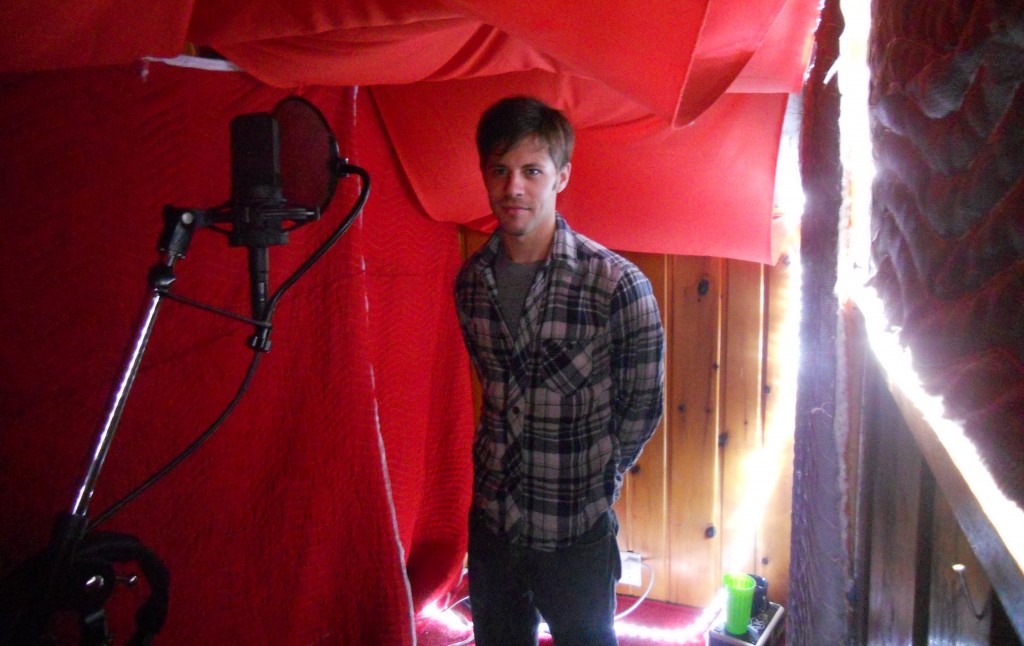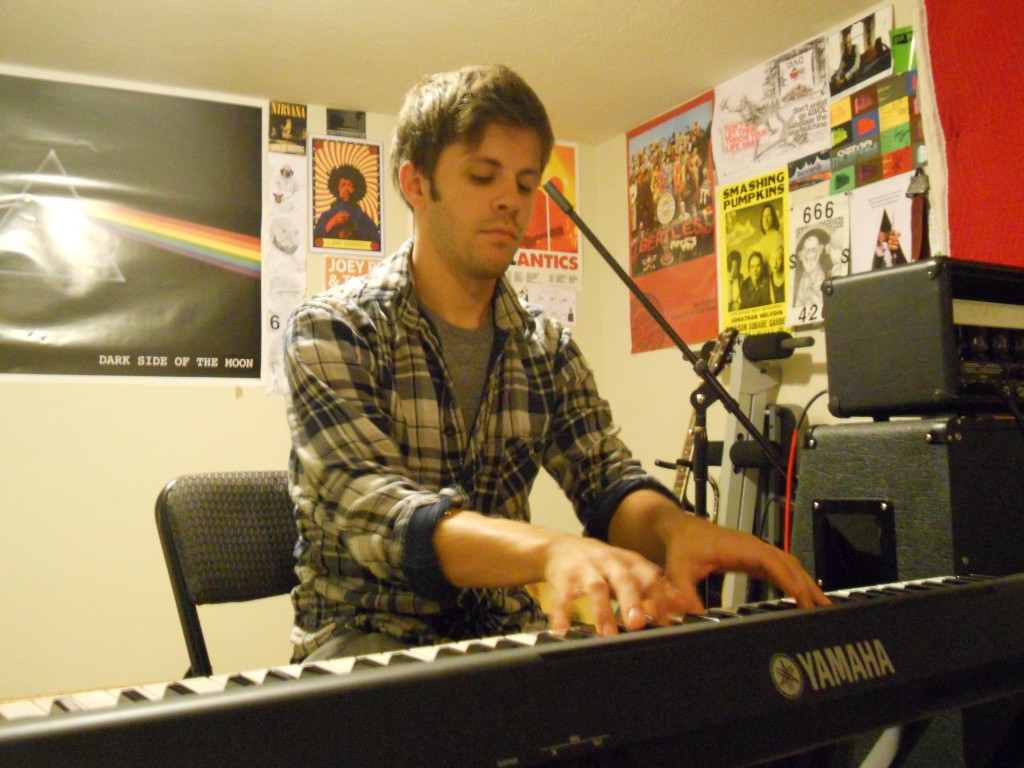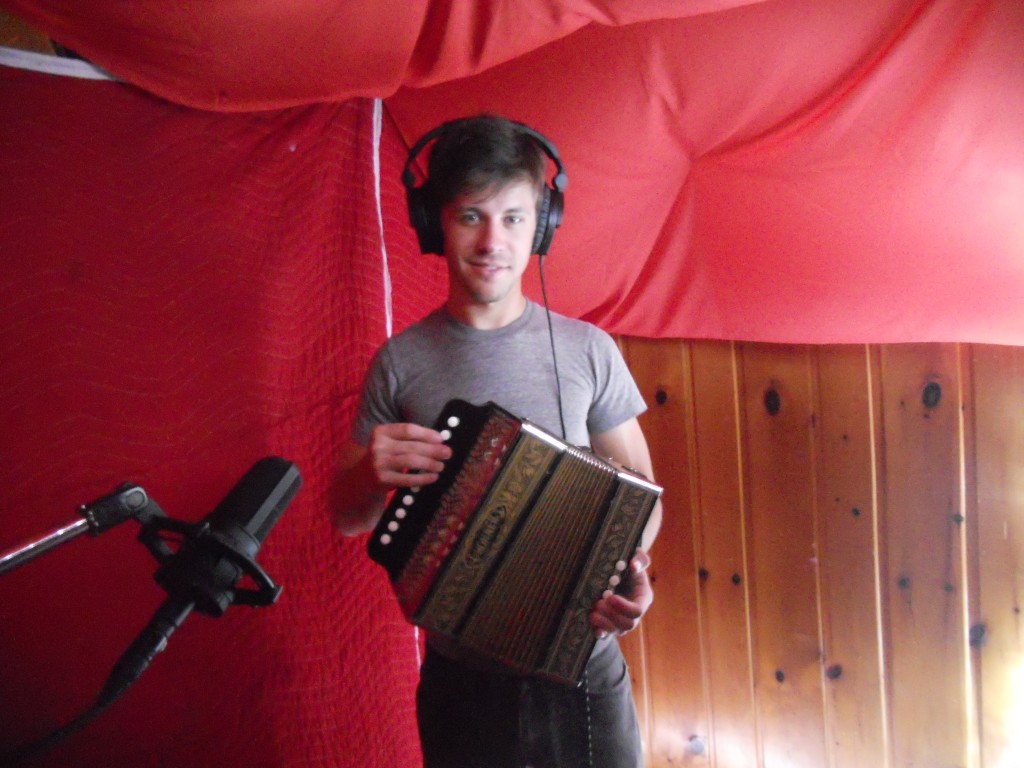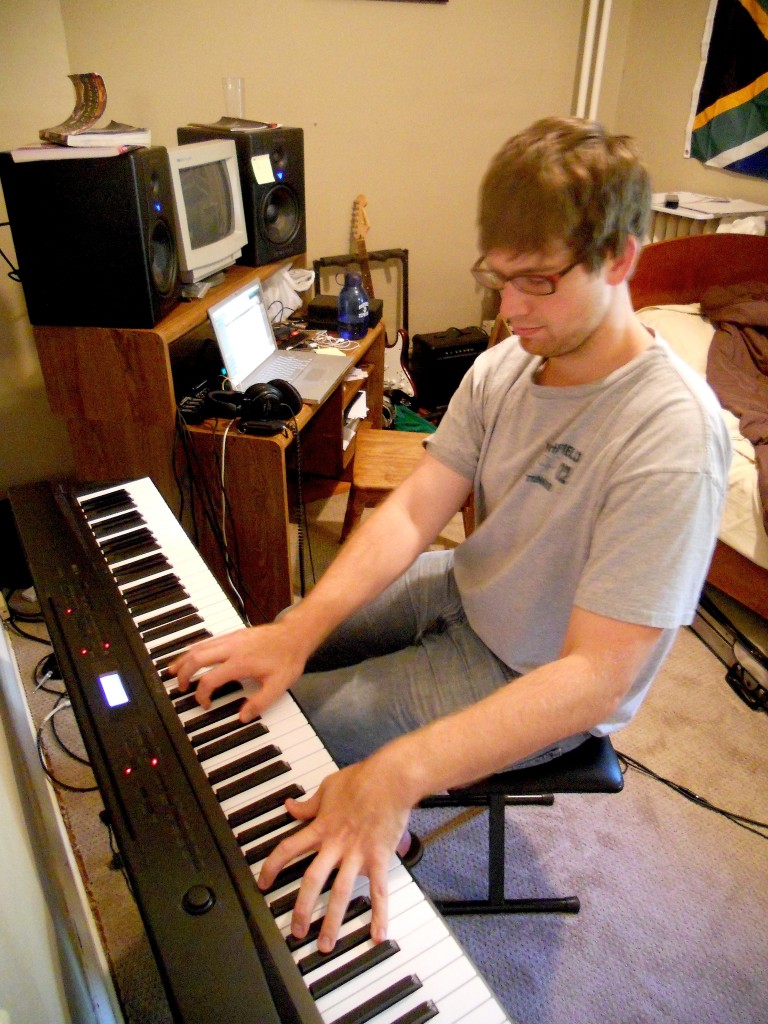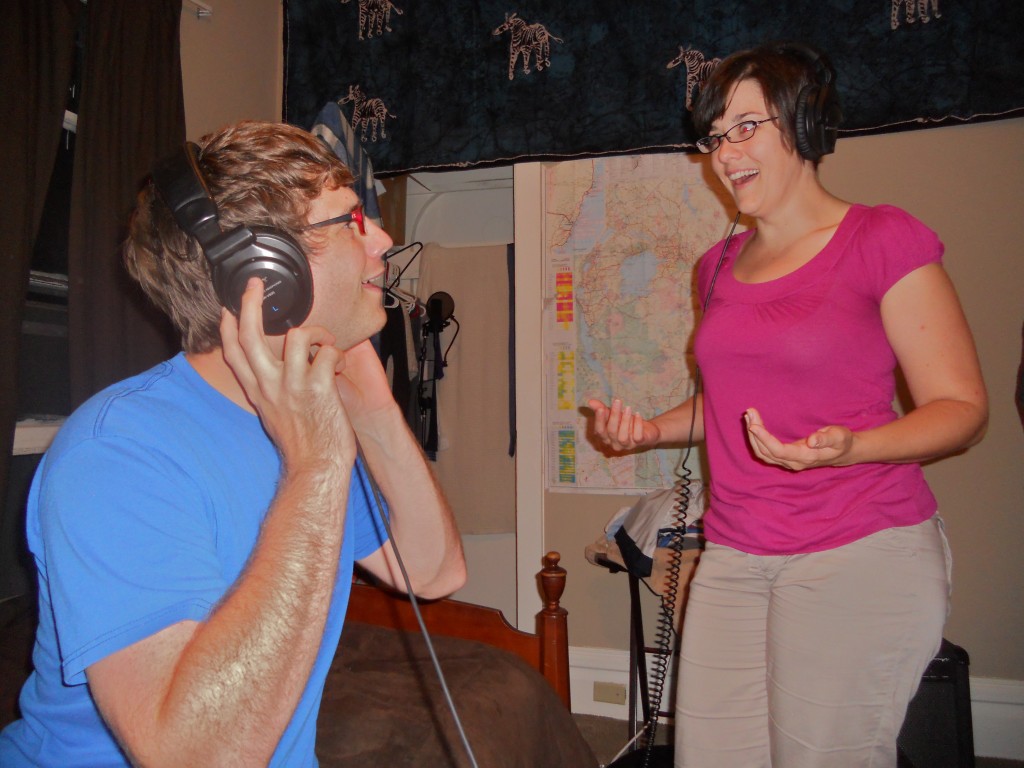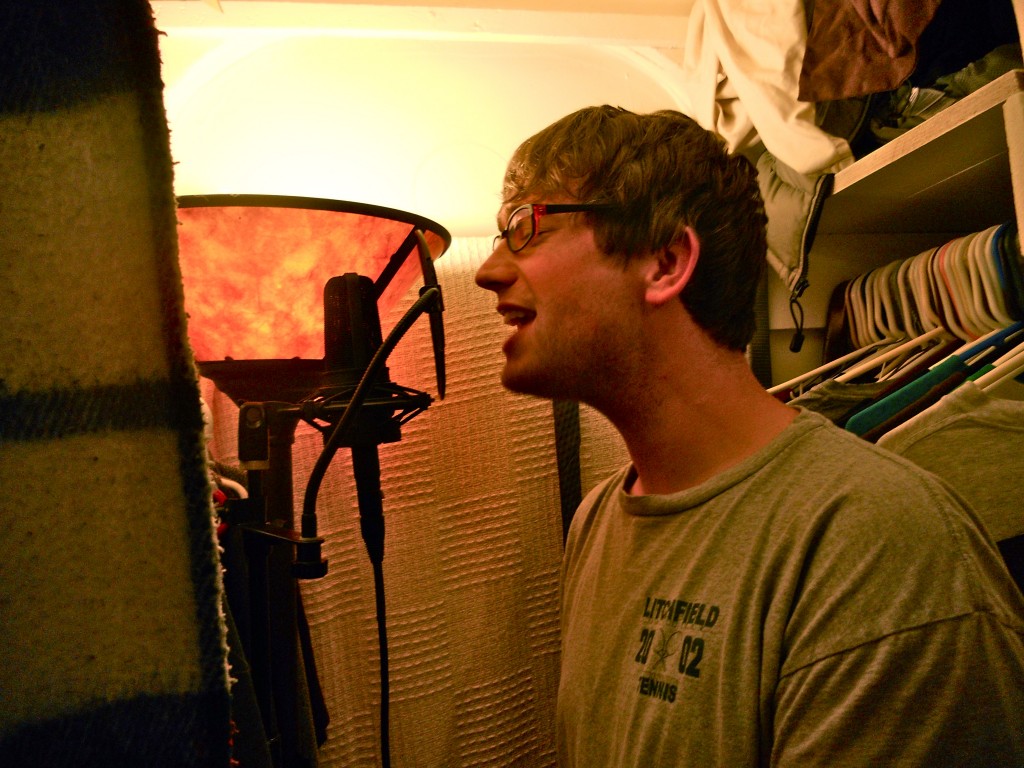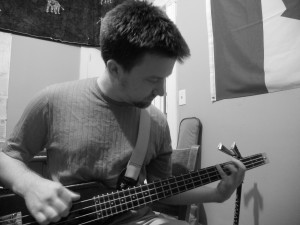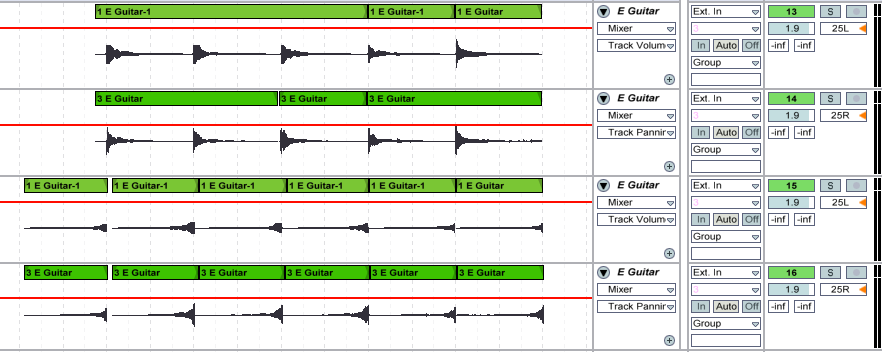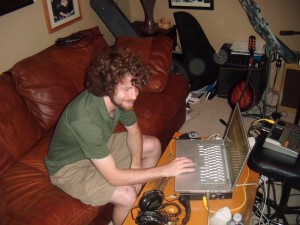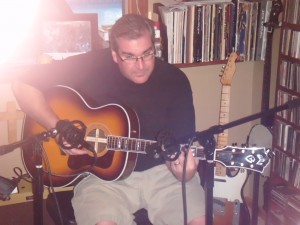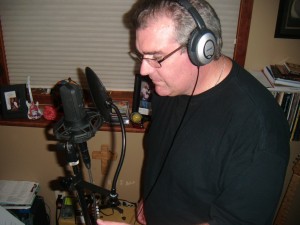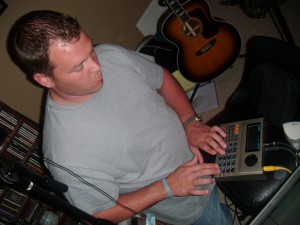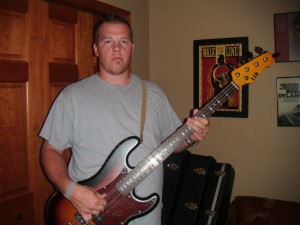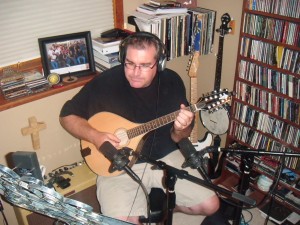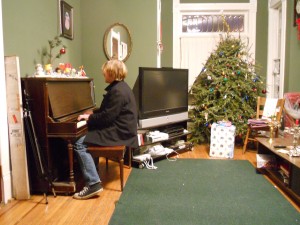This week’s song is a dark, cinematic one by my cousin Nate Graves (aka Kurtz). It’s a complex production – vocals, keyboards, squeeze box, violin, bass, and a ton of other synth sounds stirred into the mix. On top of that, the song has tempo and time signature changes. In other words, it was a blast to produce!
Everything Burns Alike
by Kurtz
Let’s try the one where we
Feed the bears
Oh what love
Oh what terror
I will mix sugar
With blood
And feed, feed us
To the young
Uh oh, uh oh
Uh oh, uh oh
What is happening?
Uh oh, uh oh
Uh oh, uh oh
I am stuck again
Uh oh, uh oh
Uh oh, uh oh
Let’s try the one…
Let’s try the one where we
Shoot the gun
Oh what hell
Oh what fun
I’ll eat rocks
And shards of glass
Oh discomfort never lasts
Uh oh, uh oh
Uh oh, uh oh
What is happening?
Uh oh, uh oh
Uh oh, uh oh
I am stuck again
Uh oh, uh oh
Uh oh, uh oh
Let’s try the one
Where we bash our skulls
Up against the wall
What am I saying?
Which one is this thing?
The one where I-
Where we-
But wait
But please
I get thinner
I get faster
I get perfect
For disaster
Nate’s been involved in a bunch of artistic projects worth checking out. Back in March he put out a futuristic concept album under the alias Kurtz:
Nate also produces avant-garde films with his brother Matt. The two of them are also members of the dissonant rock band With a Gun for a Face. Their stuff isn’t everyone’s cup of tea, but I think it’s all pretty fascinating and awesome.
Behind the Scenes
Our biggest challenge at first was figuring out how to do tempo changes while still keeping a metronome going. I’d messed around with that in Ableton Live once before, but this was the first time I actually used it for a song. It was really just a few steps of work though.
- Recorded a scratch track of the whole song
- Found the tempo of each section
- Mapped out the whole song in Ableton with the tempo changes (using envelopes) so our metronome would be right on
After we got the basic keyboard part down, we went up to record Nate’s vocals in his attic recording room. He’s developed a pretty cool vocal technique of recording takes in a ton of different styles, all the way from yelling at the top of his lungs to whispering. That gave us a huge palette of vocal sounds to work with. We discovered that blending them all together turned out to sound really haunting and cool.
Next came the layering on of effect instruments. Nate recorded single notes on his squeeze box, and we pitch shifted them as needed to add a little organic drone to parts of the song. We came up with a few more synth lines and a simple MIDI drum part that night.
Back at my place, I had one main task: make the chorus more intense. I happened upon an awesome sounding MIDI taiko drum (“taiko” actually just means “drum” in Japanese). So I came up with a pretty fast beat, using a lot of thunderous rolls. Then I tried to match that style with the bass part, and man, was my right arm dead after recording that chorus. It’s the most athletic bass strumming I’ve had to do.
After that I dusted off my violin, which I was excited to try out for Nate’s song. For the pre-chorus and the bridge, I recorded two harmonizing lines. Then I tried out an effect called col legno, where you rotate the bow and use the wooden part to tap the strings. It’s an eerie effect used in a lot of classical music to evoke skeletons, evil, etc. One of the best examples is in Gustav Holst’s Mars:
Sound like Star Wars to anyone else? Guaranteed John Williams listened to some Gustav Holst.
Anyways, it was a fun song to work on. Hopefully Nate and I will do some more collaborating in the future.

